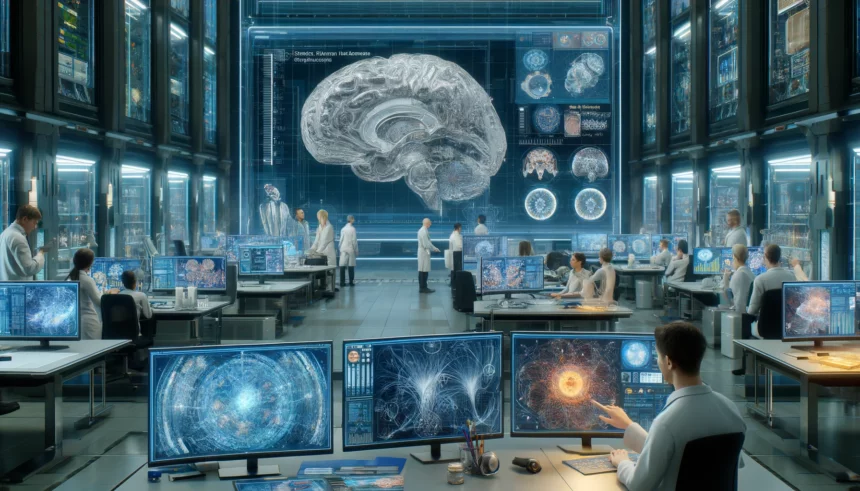Neuroscience is evolving rapidly thanks to the fusion of brain science with advanced computing technology. A recently published position paper in the journal “Imaging Neuroscience,” authored by over 100 experts, outlines the future of what’s now known as digital neuroscience. This field combines traditional neuroscience with supercomputing and large-scale collaboration to unlock new potentials in medicine, research, and technology.
Digital tools have revolutionized neuroscience by providing solutions to handle vast and complex data. Major research initiatives in Europe and around the globe, like the EU’s Human Brain Project and its digital platform EBRAINS, have played a pivotal role in this transformation. These platforms allow researchers to integrate and analyze diverse data types and collaborate extensively, fostering significant advancements.
The position paper, titled “The coming decade of digital brain research – A vision for neuroscience at the intersection of technology and computing,” acts as a guide for the next ten years in digital neuroscience. “We need to actively shape the changes happening in neuroscience and related areas,” explained Prof. Katrin Amunts, the lead author and a director at the Jülich Institute of Neuroscience and Medicine. The paper discusses what the community sees as future directions and goals, offering a framework for ongoing and future research.
Among the highlighted innovations in the paper is the concept of a “digital twin”—a personalized, computational model of a patient’s brain that gets updated in real-time with data from the actual patient. These models aren’t perfect copies, but they are getting more accurate, which could revolutionize clinical practices and research.
The paper also details efforts to create detailed digital brain atlases and models that could integrate data from different scientific fields. Additionally, it looks at how neuro-derived artificial intelligence (AI) and computing techniques can be enhanced through initiatives like EBRAINS. This platform not only supports the integration of neuroscience and computing but also provides access to some of Europe’s most powerful supercomputers.
An Executive Summary of the paper is available on the EBRAINS website, offering a glimpse into the promising future of digital neuroscience.
















